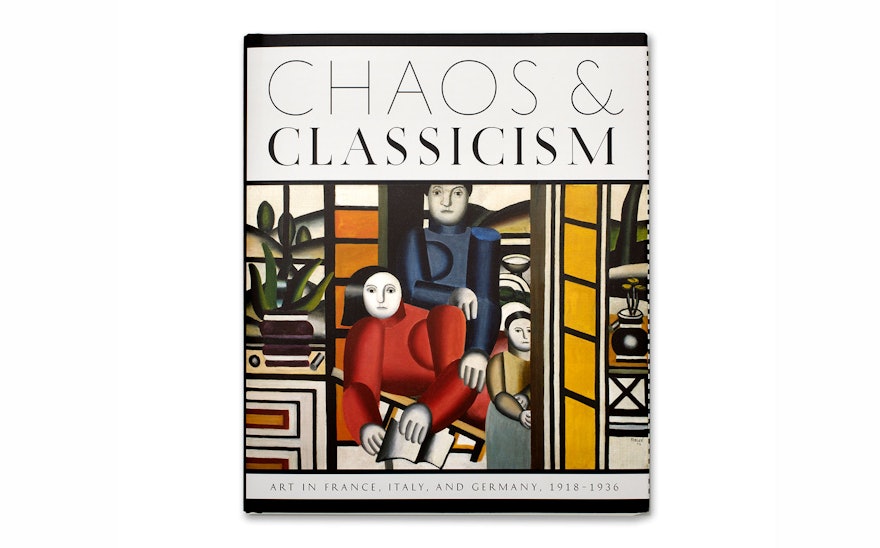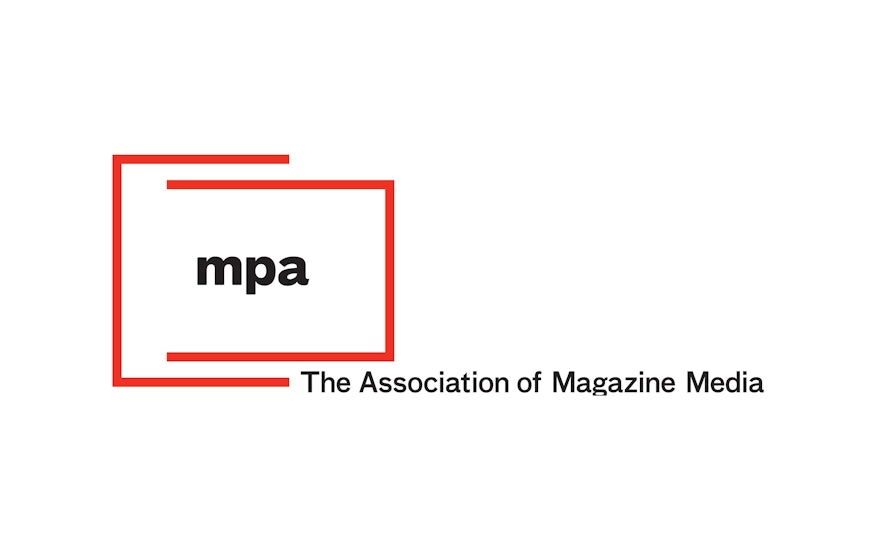Following the chaos of World War I, European art turned away from avant-garde abstraction and looked for a “return to order,” a shift towards clean lines, classicism and—unsurprisingly, given the destruction of the first machine-age war—the depiction of the human figure intact. The result was an aesthetic of “clarity” that worked its way through a variety of ideals, from the High Modernism of the Bauhaus, to the fascism of Mussolini’s revived Roman Empire, to—most chillingly—the Aryanism of Nazi culture. The Guggenheim’s major fall exhibition, Chaos and Classicism: Art in France, Italy, and Germany, 1918-1936, is the first in the United States to examine this international phenomenon. Pentagram has designed the exhibition graphics and catalogue for the show.
Organized by guest curator Kenneth E. Silver, Chaos and Classicism is exceptional for drawing together painting, sculpture, design, film and photography and in looking across Europe at classicizing influences that are understood as responses to the devastation of war, but also the degree to which classical ideas influenced fascist representations of beauty and power. The exhibited artists include Balthus, Otto Dix, Hannah Höch, Fernand Léger, Henri Matisse, Pablo Picasso, Giorgio de Chirico and Jean Cocteau, among others.
The design of the exhibition catalogue and graphics features type designer Peter Bil'ak's unusual font History, which consists of pared down, classical variants. The project represents another of Pentagram's many Guggenheim endeavors, including their identity and website.

